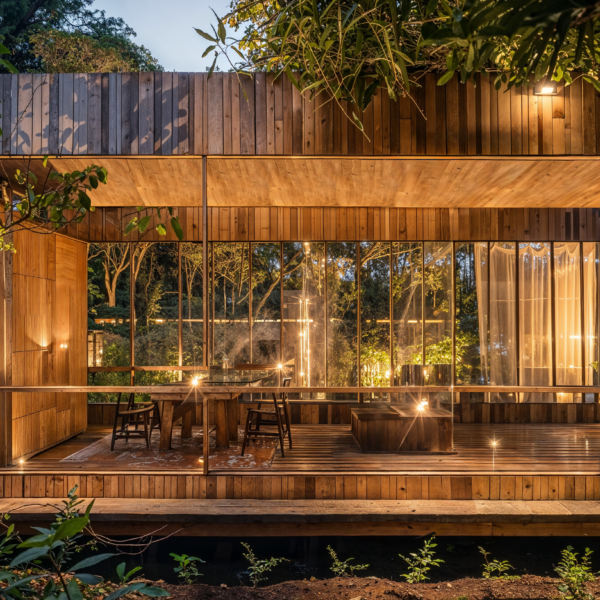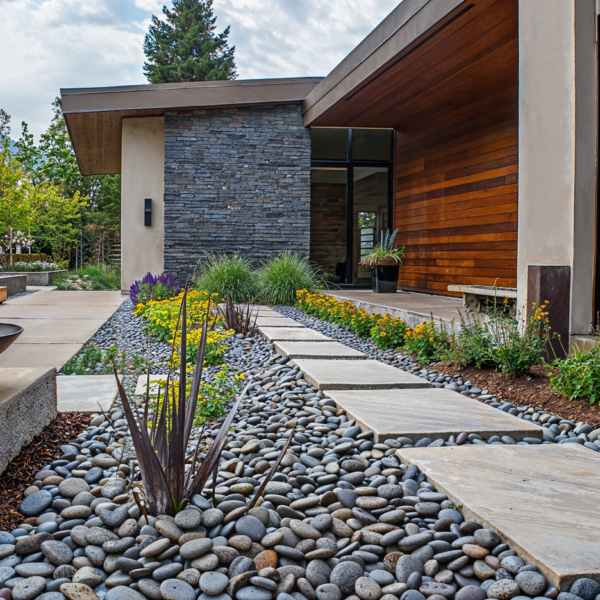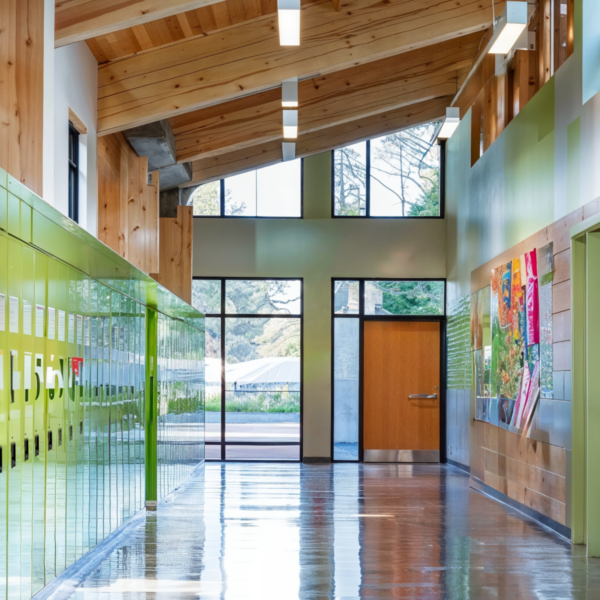
The circular economy concept is a transformative approach to production and consumption that emphasizes reducing waste, reusing materials, and recycling products to create a sustainable and regenerative economic system. In the context of the built environment, this approach seeks to minimize the environmental impact of construction and renovation by extending the lifecycle of materials. For example, instead of disposing of countertops, tiles, and flooring when they become outdated or damaged, these materials can be refurbished, repurposed, or recycled into new products. This not only conserves natural resources but also reduces the energy and emissions associated with manufacturing new materials.
Implementing circular economy principles encourages the design of buildings and products with their eventual disassembly and reuse in mind. Materials such as wood, metal, glass, and concrete can be integral to this approach. For instance, reclaimed wood can be repurposed for new construction projects, adding character and reducing the demand for new timber. Metals can be recycled repeatedly without losing their properties, making them ideal for structural components, fixtures, and fittings. Glass, when recycled, can be used in various applications such as insulation, tiles, and countertops. Concrete, often seen as a less sustainable option, can be crushed and reused as aggregate in new concrete mixes, reducing the need for virgin materials.
The integration of recycled content, sustainable sourcing, and product longevity in these materials promotes a circular economy within the construction sector. Companies are developing modular building components designed for easy disassembly and reuse, reducing demolition waste. Additionally, innovations in material science are leading to the creation of new building materials from recycled waste, such as insulation made from recycled plastics or bricks made from recycled paper and concrete waste.
By embracing these principles, the construction and design sectors can significantly contribute to the global effort to reduce waste and environmental impact. This shift not only supports environmental sustainability but also offers economic benefits by creating new markets and job opportunities in recycling and material innovation. The circular economy in the built environment fosters a holistic approach to sustainability, ensuring that materials are continually cycled back into use, thereby preserving resources and minimizing ecological footprints.
Explore more about sustainability with The Global Impact of The Forest Stewardship Council (FSC).








